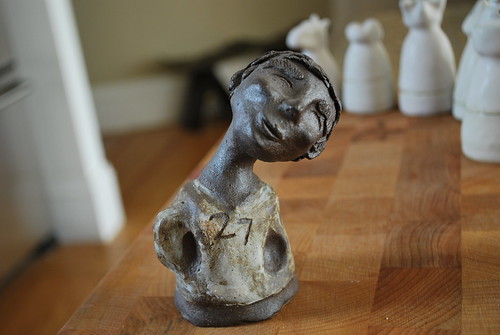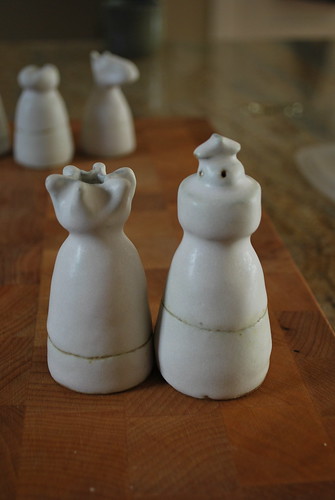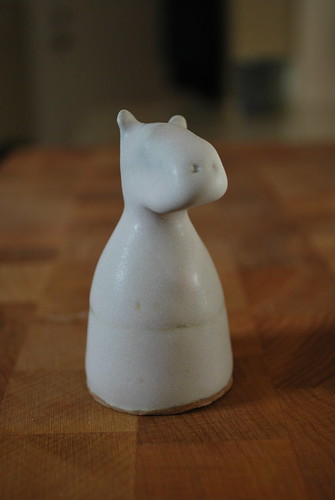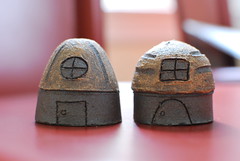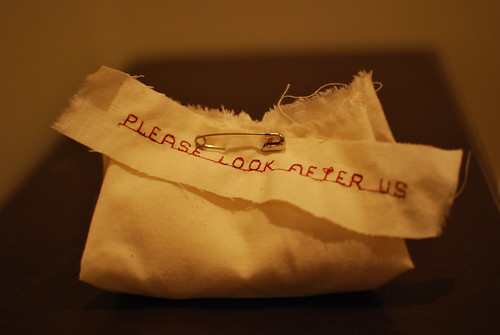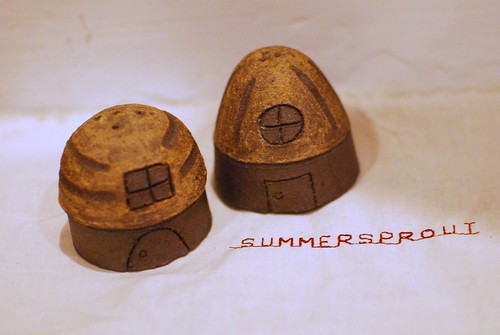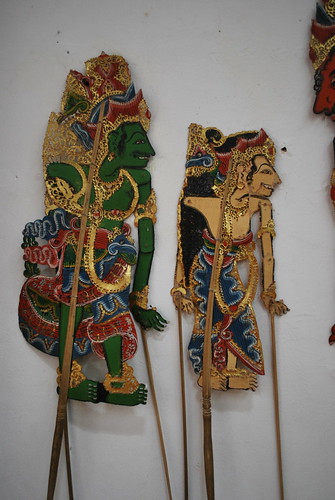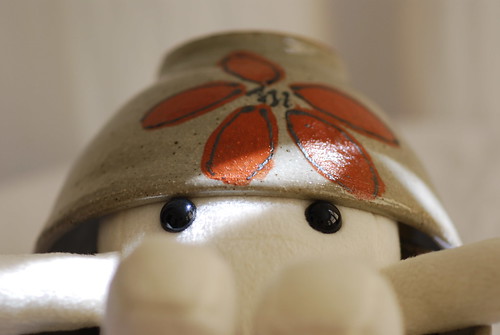Antique Town Dongfu 東埠
 In fall 2010, I went to China for a visit again. This was the 3rd time I visited China, and I have became quite familiar with cities like Beijing and Shanghai. Both my fiance and I couldn't really stand the noise, crowded space, and pollution in big cities for very long; therefore, we decided well in advance that we would head to the country side for an escape.
In fall 2010, I went to China for a visit again. This was the 3rd time I visited China, and I have became quite familiar with cities like Beijing and Shanghai. Both my fiance and I couldn't really stand the noise, crowded space, and pollution in big cities for very long; therefore, we decided well in advance that we would head to the country side for an escape. 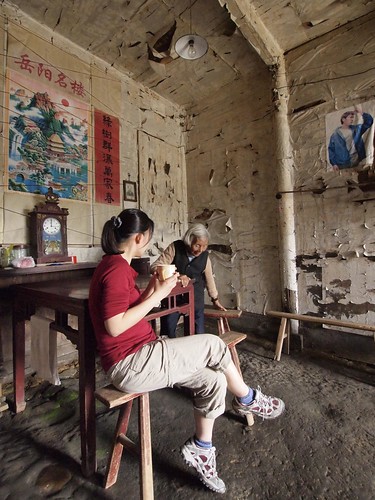
P.S I will put the photo fo the two cups up asap!


